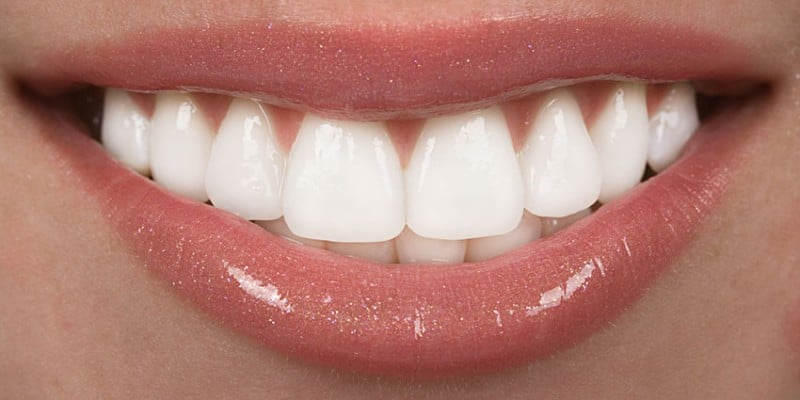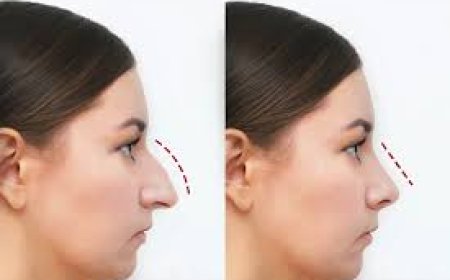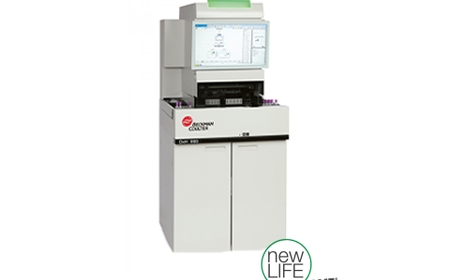Effective Foot Care Solutions Without Surgery
Understanding Foot Health Challenges
Foot health is a critical aspect of overall well-being, yet it is often overlooked until discomfort or complications arise. Conditions affecting the feet can significantly impact mobility and quality of life, particularly for those managing chronic illnesses or structural foot issues. Two common concerns are hammer toes, where toes bend abnormally at the middle joint, and diabetic foot ulcers, open sores that can develop due to diabetes-related complications. Addressing these conditions promptly with non-invasive methods can prevent further deterioration and promote healing. This article explores practical, non-surgical approaches to managing these foot conditions, emphasizing hammer toe treatment without surgery and wound care for diabetic foot ulcers.
Hammer Toes: Causes and Non-Surgical Options
Hammer toes occur when the toes, typically the second or third, bend into a claw-like shape due to muscle imbalances, tight footwear, or underlying conditions like arthritis. This deformity can cause pain, corns, or difficulty walking. Fortunately, hammer toe treatment without surgery offers effective solutions for many individuals. One approach involves wearing properly fitted shoes with a wide toe box to reduce pressure on the affected toes. Custom orthotic inserts can also help redistribute weight and correct foot mechanics, alleviating strain on the joints. Physical therapy exercises, such as toe stretches and strengthening routines, can improve flexibility and muscle balance. For instance, gently stretching the toes or using toe spacers can gradually realign the joints. Additionally, padding or taping the affected toes can minimize friction and discomfort, allowing for better mobility without invasive procedures. These methods, when consistently applied, can significantly reduce symptoms and prevent progression.
Managing Diabetic Foot Ulcers Non-Invasively
Diabetic foot ulcers are a serious complication of diabetes, often resulting from poor circulation, nerve damage, or prolonged pressure on the feet. These open wounds require meticulous care to prevent infection and promote healing. Wound care for diabetic foot ulcers focuses on maintaining a clean, protected environment for the wound while addressing underlying factors. Regular cleaning with mild saline solutions helps remove debris and reduce the risk of infection. Applying appropriate dressings, such as hydrocolloid or foam dressings, keeps the wound moist and supports tissue repair. Offloading pressure from the affected area is crucial, and devices like specialized boots or custom insoles can redistribute weight away from the ulcer. Monitoring blood sugar levels is equally important, as high glucose can impair healing. Patients are encouraged to inspect their feet daily for signs of redness or swelling and seek medical advice promptly if changes occur. This comprehensive approach can facilitate healing without the need for surgical intervention.
The Role of Footwear and Orthotics
Proper footwear plays a pivotal role in managing both hammer toes and diabetic foot ulcers. Shoes that are too tight or narrow can exacerbate hammer toe deformities, causing pain and further misalignment. Opting for shoes with ample room for the toes and soft, flexible materials can alleviate pressure and improve comfort. For diabetic foot ulcers, footwear must minimize friction and pressure on vulnerable areas. Orthotic devices tailored to individual foot shapes can provide additional support. For hammer toes, orthotics can correct alignment and reduce strain on the joints. In the case of diabetic foot ulcers, custom insoles can offload pressure from the wound site, promoting healing. Consulting with a podiatrist to design these devices ensures they meet specific needs, enhancing the effectiveness of non-surgical treatments.
Lifestyle Adjustments for Long-Term Foot Health
Beyond specific treatments, lifestyle changes can significantly impact foot health. For hammer toes, maintaining a healthy weight reduces pressure on the feet, easing symptoms. Regular exercise, including low-impact activities like swimming or yoga, can improve circulation and flexibility, benefiting both conditions. For those with diabetic foot ulcers, managing diabetes through diet, exercise, and medication is critical to supporting wound healing. Avoiding smoking is also essential, as it impairs blood flow and delays recovery. Daily foot inspections and proper hygiene practices, such as moisturizing to prevent dry skin, can prevent complications. These adjustments, combined with targeted treatments, create a holistic approach to foot care that minimizes the need for surgery.
Preventive Measures and Early Intervention
Prevention is key to managing foot conditions effectively. For hammer toes, wearing appropriate footwear from an early age and avoiding high heels or narrow shoes can prevent deformities. Regular foot exercises can also maintain flexibility and strength. For diabetic foot ulcers, proactive measures include controlling blood sugar, wearing protective footwear, and avoiding walking barefoot. Early intervention is critical for both conditions. Addressing hammer toes at the first sign of discomfort can prevent severe deformities, while prompt attention to minor cuts or sores can prevent ulcers from worsening. Regular check-ups with a healthcare provider ensure early detection and tailored treatment plans, reducing the likelihood of complications.
Empowering Foot Health Through Knowledge
Understanding and addressing foot conditions like hammer toes and diabetic foot ulcers empowers individuals to take control of their health. Non-surgical treatments, such as proper footwear, orthotics, and diligent wound care, offer effective solutions without the risks associated with surgery. By incorporating lifestyle changes and preventive measures, individuals can manage symptoms, promote healing, and maintain mobility. Whether through hammer toe treatment without surgery or wound care for diabetic foot ulcers, a proactive approach ensures better outcomes and improved quality of life. Consulting with healthcare professionals and staying vigilant about foot health can make a significant difference, allowing individuals to step forward with confidence and comfort.







































